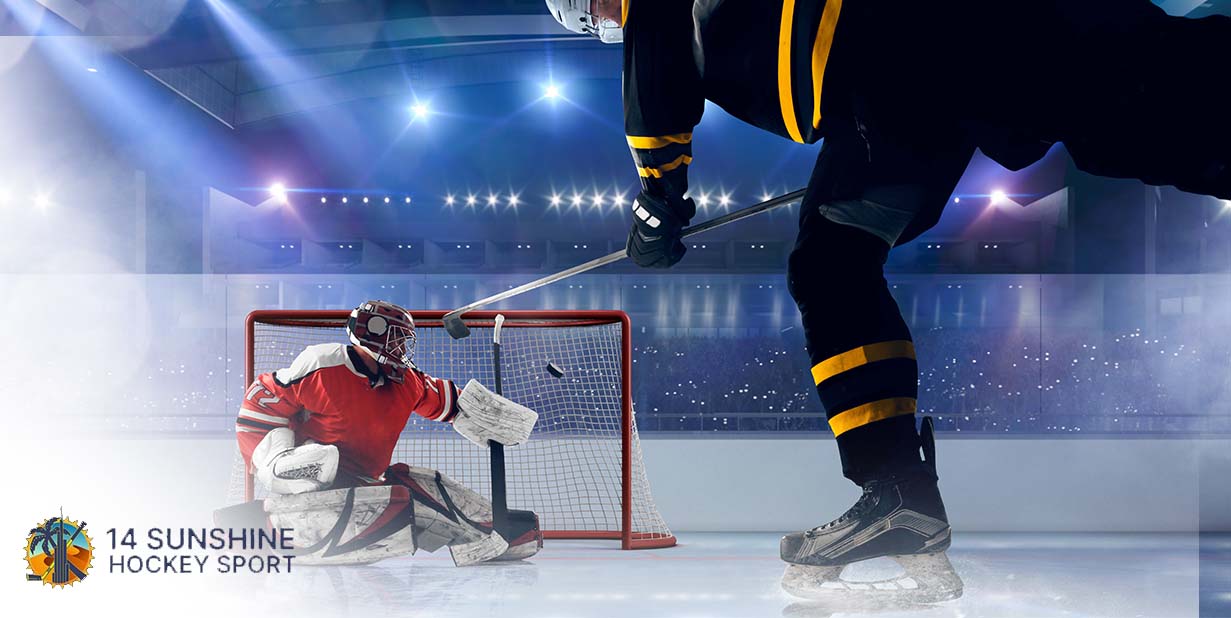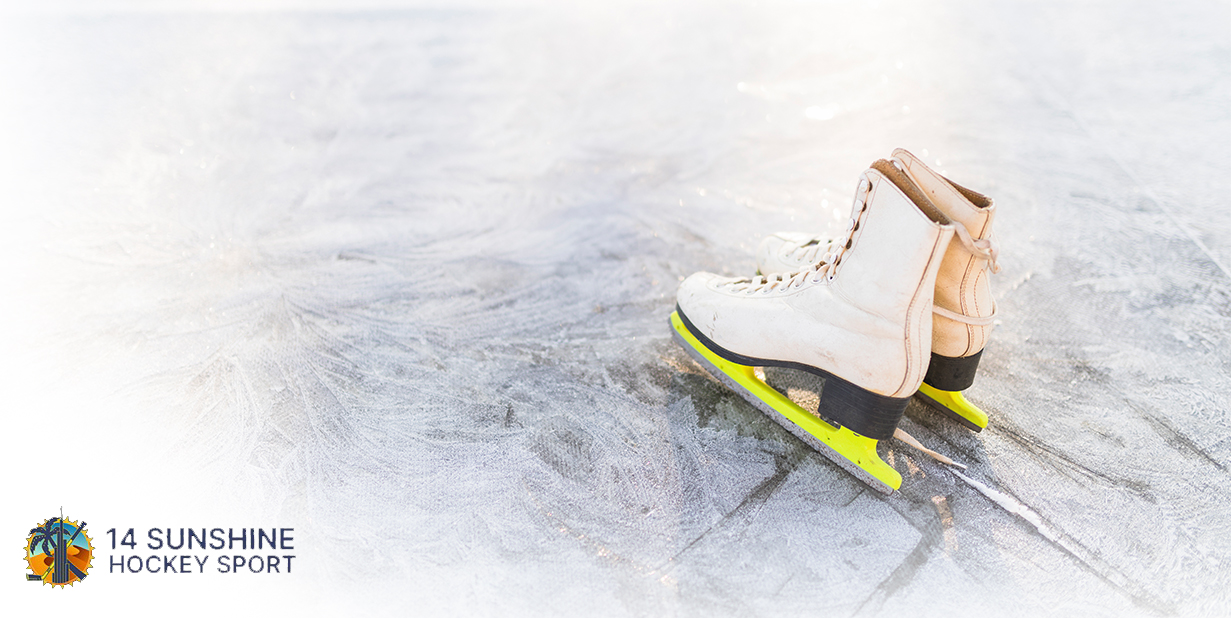Breaking In Your Hockey Skates: Tips to Avoid Blisters and Boost Performance

Getting a new pair of hockey skates is exciting. Fresh skates can help you move faster, turn sharper, and play with more confidence. But before you hit the ice, it’s important to break them in the right way. New skates can feel stiff and uncomfortable at first, and if you’re not careful, they can cause blisters, sore spots, or even injuries.
Why Breaking In Your Skates Is Important
New skates are designed to be stiff to give you support and control on the ice. But that stiffness means the skates need time to adjust to the shape of your feet. If you try to play a full game in brand new skates, you might end up with:
- Blisters
- Pressure points
- Foot pain
- Poor performance
Taking the time to break in your skates helps avoid these problems. It also helps the skates last longer because they will form properly to your feet.
Tip 1: Get the Right Fit First
Breaking in your skates is much easier if you start with a pair that fits well. A skate that is too tight or too loose will cause problems no matter how much you break it in.
When trying on skates:
- Your toes should lightly touch the toe cap when standing, but not feel jammed
- Your heel should stay locked in place with little to no lift
- The boot should feel snug but not painfully tight
- Wear the same socks you’ll use during games when trying them on
A good fit means less breaking in is needed and fewer chances of blisters.
Tip 2: Heat Mold Your Skates
Most modern hockey skates are made from materials that can be heat molded. Heat molding helps the boot form to the shape of your foot much faster.
Here’s how it works:
- Take your skates to a pro shop or hockey store
- The skates are placed in a special oven for a few minutes
- You put them on and lace them up snugly
- Sit still for about 10 to 15 minutes while the skates cool and set
Heat molding does not replace breaking in fully, but it makes the process faster and more comfortable.
Tip 3: Wear Your Skates Around the House
If you can’t get to the rink right away, you can start breaking in your skates at home.
- Put on your skates with your hockey socks
- Lace them up as you would for a game
- Walk around on a safe surface like carpet
- Keep them on for 15 to 30 minutes at a time
This helps the boot start to form to your foot without putting full pressure on the blades. Do this for a few days before your first skate.
Tip 4: Take Short Skates at First
When you first hit the ice with new skates, don’t jump into a full game or long practice.
- Start with short skating sessions of 20 to 30 minutes
- Focus on light skating, edge work, and easy drills
- Check how your feet feel during and after the session
If you feel hot spots or discomfort, stop and adjust. You can add more time on the ice as the skates start to feel better.
Tip 5: Use Gel Pads or Blister Tape
Even with the best break-in plan, you might still feel some rubbing at first. To protect your feet:
- Use blister tape or moleskin on areas that feel sore
- Try gel pads or donut pads for added protection
- Wear moisture-wicking socks to keep your feet dry
These small steps can make a big difference in comfort during the break-in period.
Tip 6: Lace Your Skates Properly
The way you lace your skates affects both comfort and support. When breaking in skates:
- Lace the lower part of the boot snugly but not too tight
- Give a little extra tightness around the ankle for support
- Avoid overtightening at the top, which can cause pressure on your shin
Adjust your lacing during and after skates to find what feels best for you.
Tip 7: Be Patient
Breaking in hockey skates takes time. Even with heat molding and short skates, it may take a few sessions before the skates feel truly comfortable. Don’t rush the process.
Some signs your skates are breaking in well include:
- Less stiffness around the ankles
- A more natural feel when skating
- Fewer or no sore spots after a session
Stay patient and give your skates the time they need to mold to your feet.
Common Mistakes to Avoid
Here are a few things to avoid when breaking in new skates:
- Playing a full game right away: This can lead to pain and blisters
- Skipping heat molding: If your skates are heat moldable, take advantage of it
- Ignoring discomfort: If something feels wrong, stop and adjust. Blisters and bruises can slow down your progress
- Using skates that don’t fit: No amount of breaking in will fix skates that are the wrong size
Conclusion
Breaking in your hockey skates the right way helps you avoid blisters and get the most out of your gear. A little time and care at the start will lead to better performance and more fun on the ice. Remember to focus on fit, use heat molding if possible, and take short skates at first. Your feet will thank you, and your game will too.

